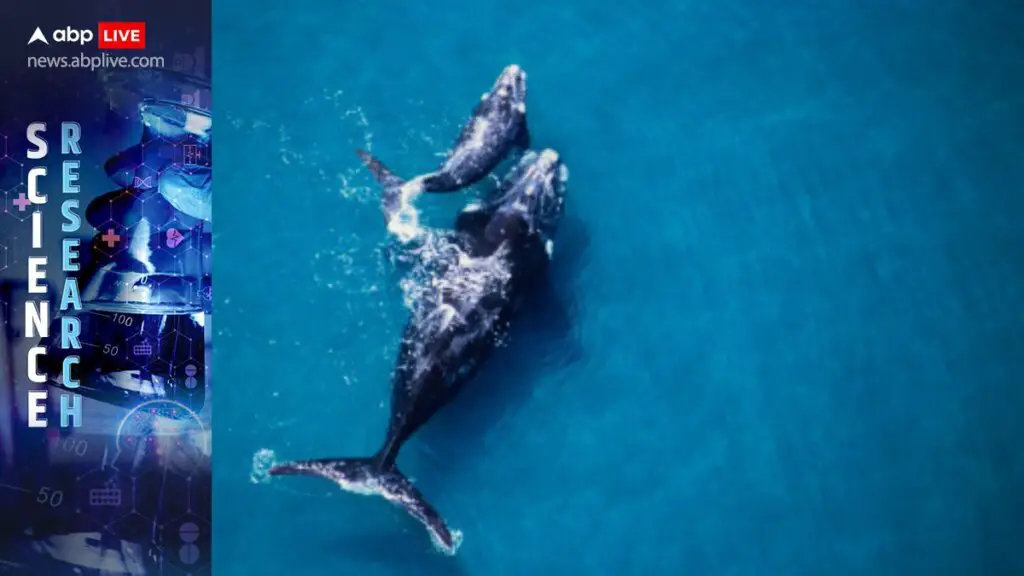Learn about milk theft among Southern right whale calves. New study led by The University of Western Australia reveals surprising insights. Read more!
Whale Calves Engage in Milk Theft, New Study Shows
Recently, scientists have discovered evidence showing that whale babies may steal milk from the mothers of other whales. This surprising behavior has been observed among Southern right whale calves, a species found throughout the Southern Hemisphere. A study, led by The University of Western Australia, delved into these milk thefts and the purpose behind such behavior.
The Phenomenon of Allosuckling
Southern right whales, easily recognizable by their stocky, black bodies with a white belly and large heads, have been found to engage in a behavior called allosuckling. As baleen whales, they possess unique epidermal modifications called baleens, which they use to filter food from water. The study states that allosuckling refers to the suckling of milk from a non-biological mother.
Investigating Milk Thieves
To understand how common milk thefts are among Southern right whale calves, researchers focused on a small aggregation area in the waters around Australia where three mother-calf pairs were present. They utilized unmanned aerial vehicles to track the mother-calf pairs and recorded all interactions among the pairs over a total of three hours, during which they recorded 22 interactions. The surprising findings revealed that allosuckling occurred in seven interactions, while filial nursing occurred in 11 interactions. It was observed that one of the calves, notably the largest calf with the largest mother, performed allosuckling from both non-biological mothers present.
Implications of Milk Theft
On average, allosuckling accounted for four per cent of the time spent during a single interaction, while filial nursing accounted for eight per cent for the same calf. The researchers noted that allosuckling appeared to be a direct and intentional movement from the calf, and in 73 per cent of the attempts, the non-biological lactating mother was evasive towards allosuckling. Despite the low sample size, the authors presumed that the milk theft attempts were successful, leading to ‘milk-theft’.
Energy Benefits and Risks
Allosuckling is primarily aimed at obtaining energy benefits for the calves, but it comes at an energetic cost for the non-biological mothers. These mothers, especially those who are capital breeders, do not replenish lost energy reserves until they migrate to their feeding grounds. Hence, allosuckling is beneficial for the milk thieves but can result in a loss of energy for the targeted lactating mother. There’s a considerable risk involved in this behavior, as it may lead to accidental calf switching between mothers during allosuckling.
Consequences for Mother and Calf
For baleen whale mothers, who are capital breeders, their energy reserves are not replenished during the nursing season. It is believed that allosuckling leads to a reduction in the investment of the mother in her own offspring, consequently affecting the filial calf’s growth rate and possibly survival.
Further research is required to understand the broader impact of allosuckling and to confirm the implications for the overall population dynamics of Southern right whales.

